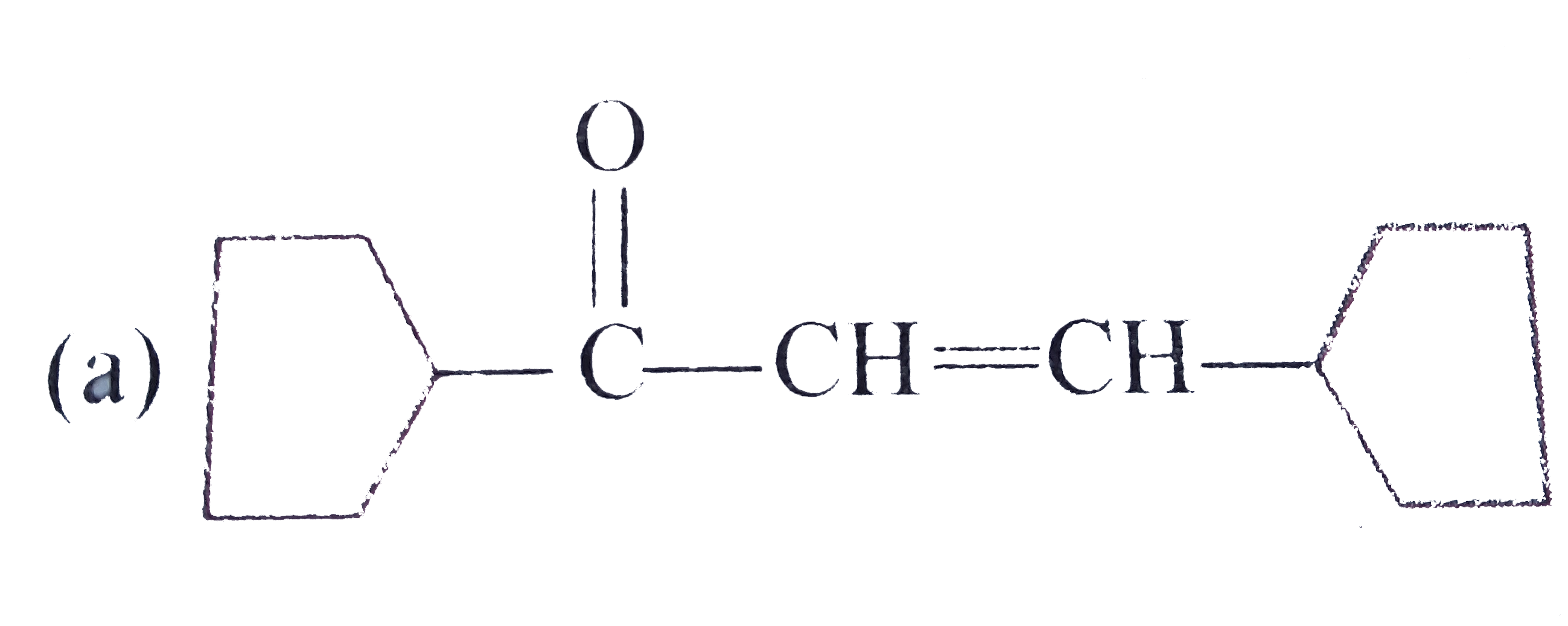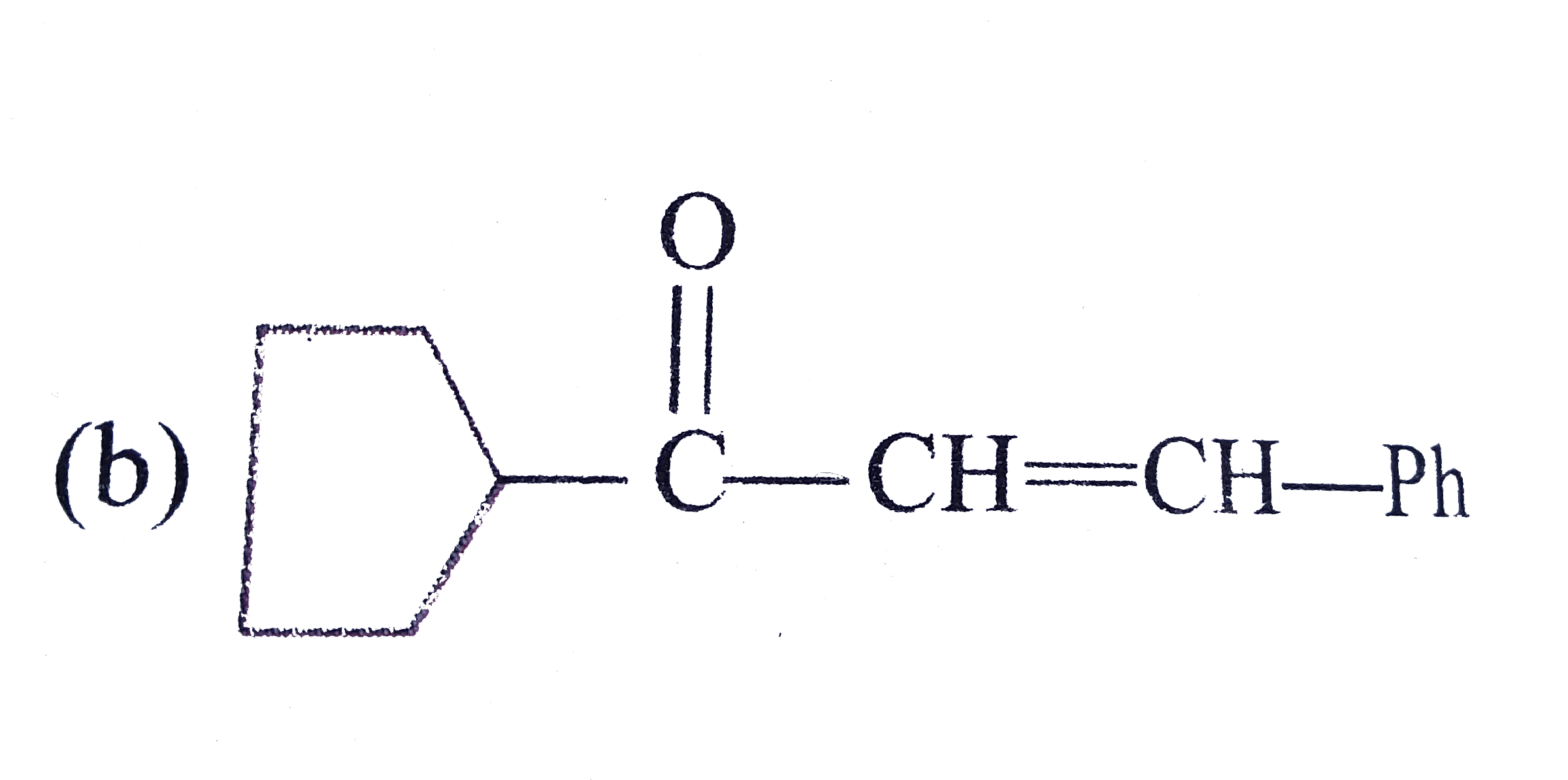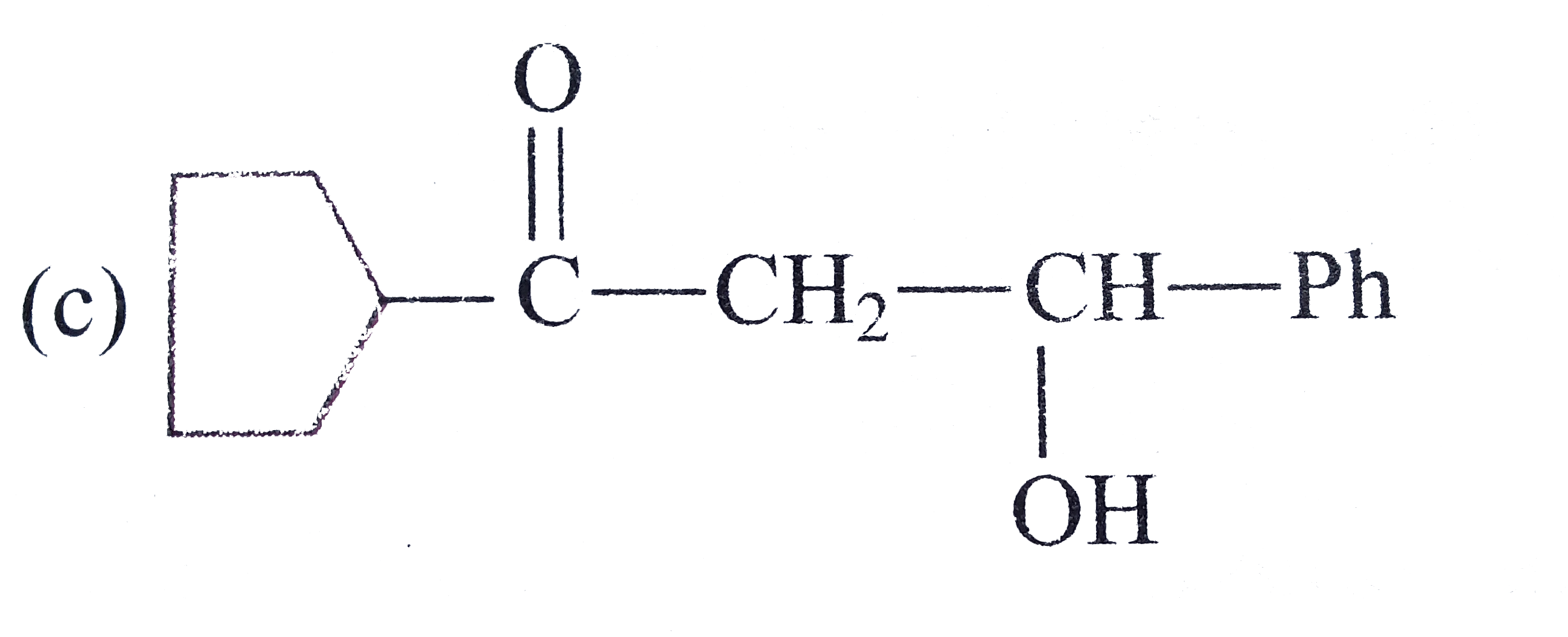A
B
C
D
Text Solution
AI Generated Solution
The correct Answer is:
|
Topper's Solved these Questions
HYDROCARBON
MOTION|Exercise QUESTIONS|6 VideosView PlaylistHYDROCARBON
MOTION|Exercise Exercise - 1|85 VideosView PlaylistGRIGNARD REAGENT
MOTION|Exercise EXERCISE-2|16 VideosView PlaylistIONIC EQUILIBRUIM
MOTION|Exercise Exercise -4 (Level -II)|14 VideosView Playlist
Similar Questions
Explore conceptually related problems
Knowledge Check
A
B
C
D
Submit
A
B
C
D
Submit
A
B
C
D
Submit
Similar Questions
Explore conceptually related problems
MOTION-HYDROCARBON -Exercise - 4 (Level-II)
- Isobutylene underset("peroxides")overset(+HBr)rarr product is :
04:28
|
Playing Now - 1–bromo–3–chlorocyclobutane when treated with two equivalents of Na, i...
Text Solution
|
Play - Cyclohexene can be exclusively prepared from cyclohexanol through
02:01
|
Play - Identify X and Y.
Text Solution
|
Play - CH(3)CH=CH(2)+NOClrarrP Identify the product.
03:21
|
Play - The number of structural isomers for C(6)H(14) is :
04:00
|
Play - The number of stereoisomers obtained by bromination of trans-2-butene ...
01:40
|
Play - In the following carbocation, H//CH(3) that is most likely to migrate ...
03:19
|
Play - The intermediate formed during the addition of HCl to propene in the p...
01:33
|
Play - The total number of cyclic isomers possible for a hydrocarbon with the...
03:27
|
Play - The synthesis of 3-octyne is achieved by adding a bromoalkane into a m...
06:33
|
Play - The maximum number of isomers (including stereoisomers) that are possi...
11:03
|
Play - The total number of alkenes possible by dehydrobromination of 3-bromo-...
03:32
|
Play - In Allen (C(3)H(4)), the type (s) of hybridisation of the carbon atoms...
02:12
|
Play - The correct statement with respect to product Y is
Text Solution
|
Play - Compound (S) that on hydrogenation product (S) optically inactive comp...
02:05
|
Play


